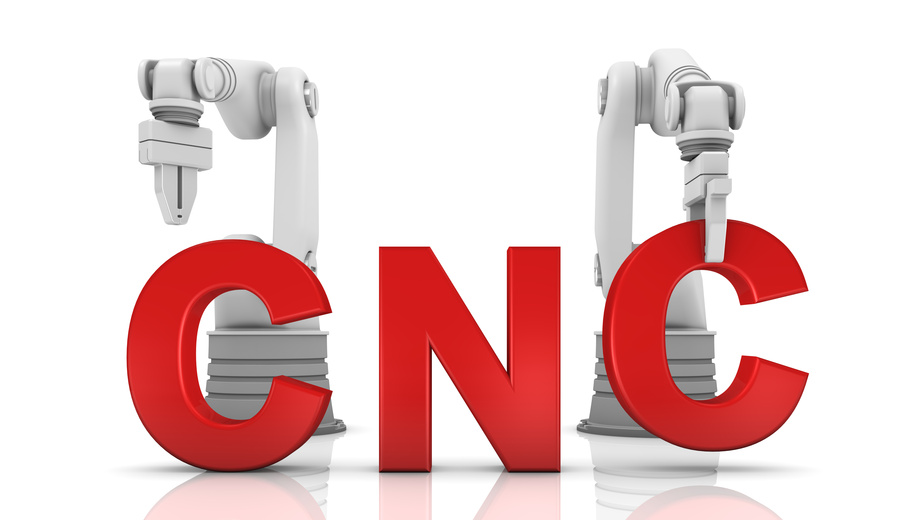

Speed and precision are vital in the machining industry. Without them, companies would have trouble consistently meeting the changing demands of customers, both new and loyal. Though small, CAT 50 tool holders are among the most valuable tools for helping make sure machines can complete projects and produce items efficiently. Essentially, tool holders keep devices like drill bits and cutting blades in place and attached to the tool itself to ensure accuracy and efficiency. Without them, powerful high-volume machines might fail to produce the items that they are supposed to and cost companies both time and money. In today’s competitive business environment, the wasted resources that come from machining inaccuracies can prove to be highly detrimental.
One of the most common uses of CAT 50 tool holders is for cutting instruments. Not only do they hold tools in place, but they also allow for a number of different properties to cutting actions. For instance, tool holders allow an angular approach for different directions of tool travel, spring loading, variable overhangs, rigidity, and even applying coolant or lubrication to the work area during the cutting task. All of those processes allow for increased customization and, in turn, more accurate and consistent production.
Of course, CAT 50 tool holders are hardly the only item that owners and managers will want to invest in to make sure that their machines are operating to their fullest potential. In addition, they should also utilize adjustable boring heads for smoother boring operations, ER collets — the most commonly used clamping system in the industry — and to presetters that help to further ensure accuracy. Every business is unique, but finding the right combination of tools and accessories is always vital for success in the manufacturing industry.
In order to keep all of the needed tools in stock, businesses should partner with manufacturers and distributors who can quickly replace broken tools. Unfortunately, even the strongest and most durable items can start to wear down and fail to work as effectively. When that happens, machines will struggle to keep up with high demands, and both the volume and accuracy that they generally provide can take a hit. By establishing a great working relationship with a manufacturer, companies will be able to quickly receive the replacement parts they need so work stoppages and slow downs can be cut to a minimum. In the long run, the difference between success and failure might depend on that ability.